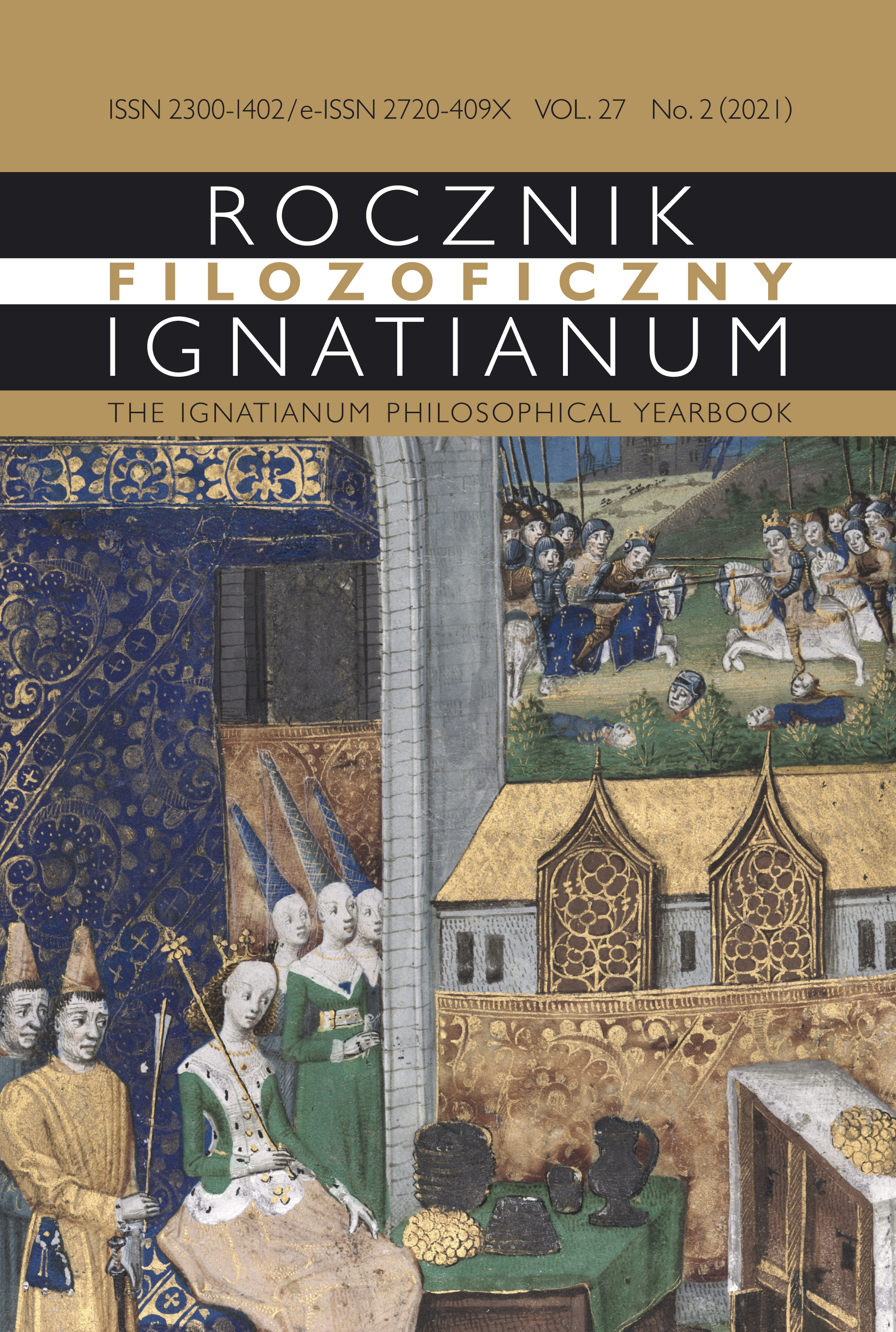Od Kołomyi do Krakowa. Przyczynek do biografii Stanisława Daczyńskiego (1856–1941)
Abstrakt
W artykule została przybliżona sylwetka malarza Stanisława Daczyńskiego (1856-1941), ucznia Jana Matejki, który – po zakończonych studiach malarskich i wyjeździe z Krakowa – pracował w szkole garncarskiej w Kołomyi na Pokuciu. Stan badań nad działalnością Stanisława Daczyńskiego jest znikomy. Niniejszy artykuł jest dalszą częścią publikowanych już uprzednio przez autora opracowań dotyczących tego malarza i ma na celu przywrócenie kulturze polskiej tej postaci oraz przedstawienie szerszego kontekstu historycznego, w którym przyszło mu żyć i tworzyć. W pracy podano informacje, które udało się uzyskać na podstawie archiwaliów znajdujących się w Bibliotece Jagiellońskiej (korespondencja z malarzem Walerianem Krycińskim) oraz kwerend przeprowadzonych w archiwach polskich, a także informacji pozyskanych z własnych zbiorów autora. Podczas badań zastosowano metodę analizy historycznej i antropologicznej wymienionych materiałów źródłowych i na ich bazie dokonana została częściowa rekonstrukcja życia pokuckiego malarza. Skupiono się na wybranych aspektach jego życia prywatnego i zawodowego w Kołomyi, Wiedniu, Bochni, Zakopanem i Krakowie. Ustalono też datę narodzin i śmierci oraz miejsca pochówku malarza oraz jego żony – Stefanii Zajączkowskiej. Artykuł uzupełniono materiałem ikonograficznym: rysunkami malarza, przedstawienimi jego postaci oraz miejsc, z którymi był związany. Mają one dopełnić sylwetkę Stanisława Daczyńskiego oraz kontekst kulturowy czasów, w których żył i na które oddziaływał.
Copyright (c) 2021 Akademia Ignatianum w Krakowie

Utwór dostępny jest na licencji Creative Commons Uznanie autorstwa – Bez utworów zależnych 4.0 Międzynarodowe.
Rocznik przyjmuje do druku wyłącznie materiały, które nie wchodzą w żaden konflikt interesów, żaden konflikt z prawem autorskim itp. Redakcja prowadzi działania przeciw: plagiatom, ghostwriting1, guest/honorary authorship2 itp. Autor pracy zbiorowej, który jest pierwszy na liście, bierze na siebie odpowiedzialność i ma obowiązek przedstawić wkład wszystkich współautorów. Jeśli publikacja powstała dzięki dedykowanym środkom finansowym, należy ujawnić to np. w Podziękowaniu, przypisie itp. Ew. przedruki wymagają jawnego zgłoszenia i okazania odpowiedniego pozwolenia wydawniczego. Autorzy / Recenzenci nierzetelni narażają się na reakcję właściwą stosownym instytucjom.
______
1 Ma to miejsce, gdy osoba mająca istotny wkład jest pominięta na liście Autorów czy w Podziękowaniu.
2 Zachodzi, gdy na liście autorskiej pojawia się osoba mająca znikomy/żaden udział w pracy.





